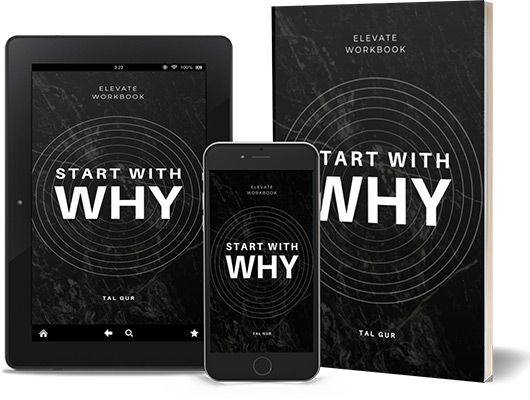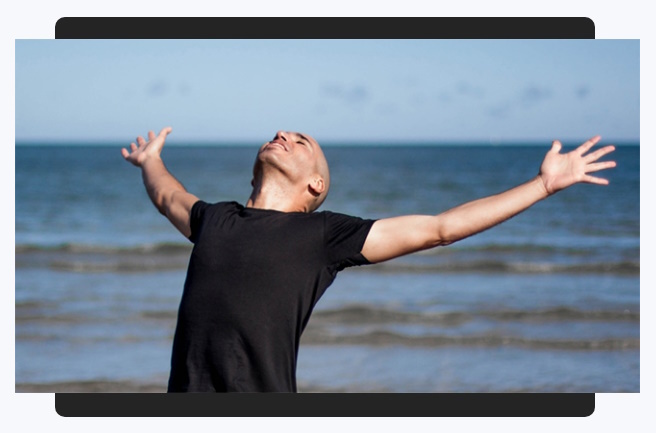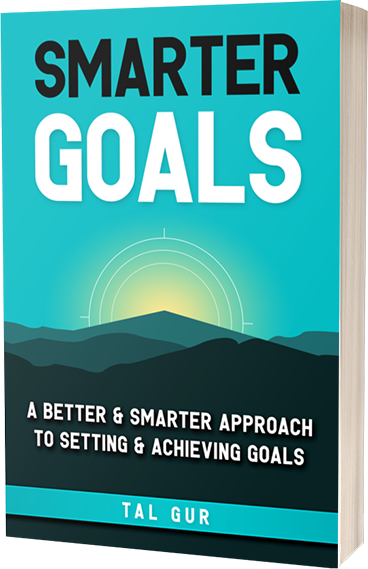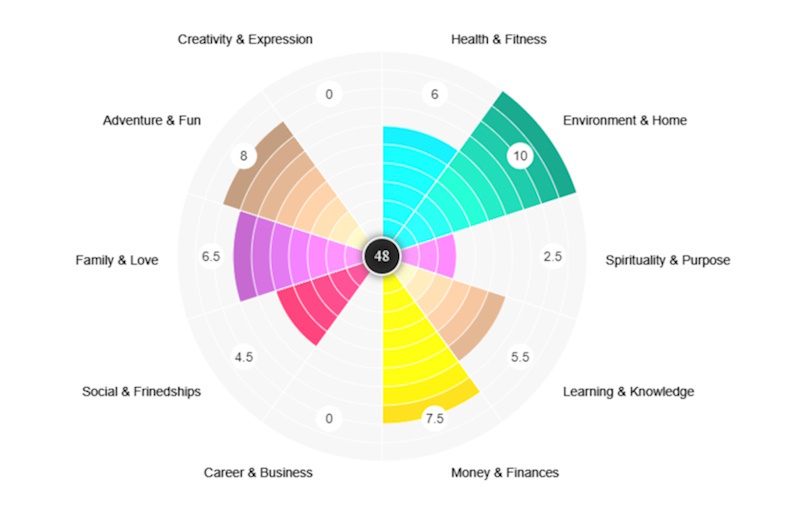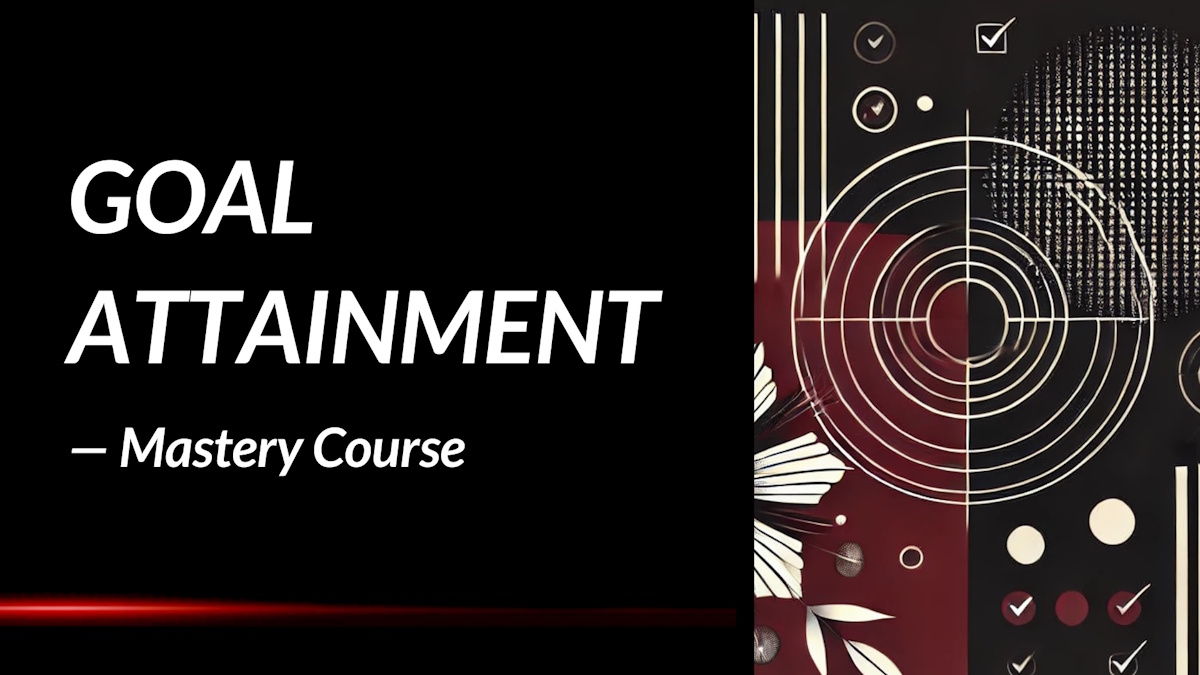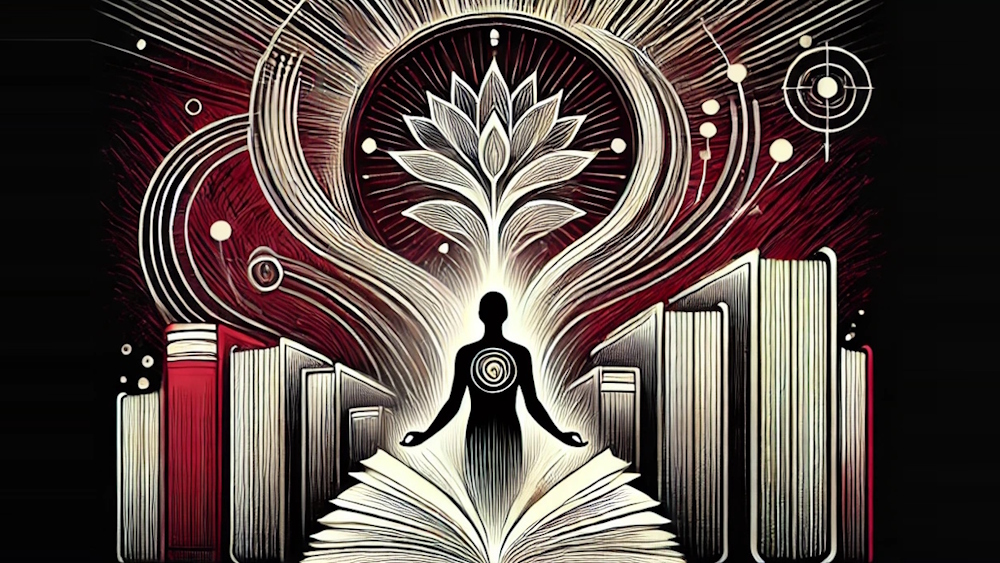Healing Heals the Healer Too: Summary Review
What if the act of healing others could also be the path to healing yourself? In Healing Heals the Healer Too, David Sauvage—a performance artist, empath, and emotional guide—shares a deeply personal collection of essays chronicling his own journey through trauma, transformation, and spiritual awakening.
What is the Book About?
Healing Heals the Healer Too is a raw and intimate compilation of reflections drawn from seven years of David Sauvage’s life. Originally shared as Facebook posts, these essays trace his evolution from a man grappling with depression and disconnection to someone who embraces his identity as an empath and healer. Through stories of psychedelic ceremonies, encounters at Burning Man, and the unraveling of generational wounds, Sauvage invites readers into his world—one where vulnerability is strength and emotional honesty is the gateway to transformation.
Rather than offering a linear narrative, the book unfolds like a mosaic of lived experiences and spiritual insights. Each essay stands alone, yet collectively they form a cohesive exploration of what it means to feel deeply in a world that often discourages emotional expression. Sauvage doesn’t preach or prescribe; instead, he shares his truths with openness and humility, creating space for readers to reflect on their own paths to healing.
Book Details
Print length: 82 pages
Language: English
Publication date: December 12, 2022
Genre: Memoir / Spirituality
Book Author
Core Theme
At its heart, Healing Heals the Healer Too delves into the profound connection between self-healing and the capacity to heal others. Sauvage posits that true healing arises from embracing one's vulnerabilities and engaging in deep emotional introspection. By sharing his personal experiences with depression, spiritual exploration, and the awakening of his empathic abilities, he illustrates how confronting and understanding one's own pain can lead to greater empathy and the ability to support others on their healing journeys.
The book also challenges societal norms that prioritize success and external achievements over emotional well-being. Sauvage encourages readers to question these values and to seek fulfillment through inner work and authentic connections. His reflections serve as a reminder that healing is not a destination but an ongoing process of self-discovery and growth, one that requires courage, honesty, and compassion.
Main Lessons
A few impactful summary lessons from Healing Heals the Healer Too:
1. Honesty and vulnerability unlock true healing
Healing is not reserved for moments of perfection or clarity but thrives in the raw spaces where vulnerability is fully embraced. The author lays bare his innermost thoughts and struggles in a way that invites readers to do the same. Rather than mask pain or strive for unattainable ideals, his candid reflections encourage others to lean into their imperfections. True healing, as presented in this deeply personal work, emerges when one is honest about their weaknesses and bravely faces them without shame. The lesson is clear—by shedding protective layers and exposing our authentic selves, we open the doorway to genuine transformation.
2. Self-awareness flourishes through reflection and acceptance
Throughout this book, the practice of self-reflection stands as a central pillar of growth. By using his own life as a mirror, the author demonstrates how valuable it is to pause and truly see oneself. Acceptance does not mean resignation, but rather understanding where we are in our journey without judgment. This approach promotes self-awareness, which, when coupled with acceptance, allows personal evolution to happen naturally. Instead of chasing after an idealized version of the self, the reader is taught to appreciate the richness of the present and the wisdom found in everyday experiences.
3. Connection matters more than conventional success
In a world often obsessed with status and material wealth, the author emphasizes the deeper importance of meaningful connections. Financial rewards and outward accomplishments are portrayed as hollow if they come at the cost of understanding and loving others. Sincere connection, empathy, and unity bring a sense of fulfillment that far surpasses fleeting moments of conventional success. This lesson calls on readers to re-evaluate priorities and recognize that without human connection, even the most impressive achievements may feel empty and insignificant.
4. Courage is required to share your true self
Writing and sharing intimate thoughts with the world takes immense bravery. The author’s willingness to expose his vulnerabilities publicly serves as an invitation for readers to summon their own courage. By reading his transparent accounts, one feels inspired to shed their own fears about judgment and express their authentic selves. This lesson teaches that when we share from a place of truth, we not only liberate ourselves but also give others permission to do the same, fostering a collective atmosphere of acceptance and healing.
5. Emotional acceptance is the first step toward change
One of the book’s most powerful teachings lies in its approach to emotions. Instead of rejecting or suppressing unpleasant feelings, the author encourages readers to sit with them. This radical acceptance allows emotions to flow rather than stagnate, turning discomfort into a catalyst for change. Through this practice, healing does not become an act of force but a gentle process of acknowledging what is present. The book shows that genuine transformation begins when we allow ourselves to feel fully, even when those feelings are difficult.
6. Healing begins with gentle self-compassion
The tone of the author’s writing—gentle, humble, and sincere—serves as a reminder that healing thrives in environments of softness, not harshness. This book offers a compassionate embrace rather than a rigid prescription, suggesting that we are most capable of healing when we treat ourselves tenderly. It reinforces that healing is not about perfection or toughness but about being kind to ourselves during times of struggle. This lesson encourages readers to replace self-criticism with understanding and to approach their pain with loving patience.
7. Relatability makes the healing journey universal
By sharing relatable stories and presenting his insights in an approachable style, the author dismantles the myth that healing is reserved for the few. Instead, his experiences make it clear that everyone, regardless of their background or level of struggle, can find solace in self-discovery. This lesson highlights the power of shared human experiences and how universal our inner battles truly are. Readers are reminded that they are not alone, and that within the collective tapestry of humanity, we all navigate similar trials and triumphs.
8. Presence and acceptance are keys to transformation
Rather than promoting relentless self-improvement or the pursuit of an ideal future self, the book champions the practice of being present with who you are right now. By sitting with your reality, embracing your emotions, and releasing expectations, profound change can naturally arise. This lesson counters the usual narrative of forcing progress and instead offers an alternative path rooted in acceptance and mindfulness. Transformation, the author suggests, often happens quietly when we finally stop running from ourselves and choose to be fully here.
9. Healing energy is nurtured through sharing and serving
In addition to personal healing, the author extends the idea that sharing insights and supporting others are vital parts of the healing cycle. By offering his wisdom and encouraging empathetic connections, he models how healing oneself also heals others. This interconnectedness strengthens the belief that no journey is isolated. Serving others from a place of wholeness magnifies healing energy, making the experience reciprocal. Thus, the lesson teaches that healing becomes even more powerful when it is shared generously and received openly.
10. Deep healing is possible for everyone willing to feel
Perhaps the most uplifting message of the book is the assurance that deep healing is within reach for anyone who dares to feel fully and live honestly. The author, through his candid and genuine narrative, illustrates that healing does not demand perfection or special knowledge, but simply the willingness to engage with your truth. By tuning into emotions, expressing them, and allowing them to flow, anyone can step into a transformative process. This lesson serves as an empowering reminder that healing is not exclusive—it is universal and attainable for those who invite it.
Key Takeaways
Key summary takeaways from the book:
- Healing oneself is integral to effectively supporting the healing of others.
- Embracing vulnerability can lead to profound personal transformation.
- Societal definitions of success may hinder genuine emotional fulfillment.
- Empathy and emotional intelligence are essential tools for personal and communal growth.
- Personal narratives and shared experiences can foster deeper understanding and connection.
Book Strengths
Healing Heals the Healer Too stands out for its candid and heartfelt storytelling. Sauvage's willingness to share his personal struggles and insights creates a sense of intimacy that resonates with readers. The book's structure, comprising standalone essays, allows for flexibility in reading and reflection. Its emphasis on emotional authenticity and the exploration of empathy offers valuable perspectives for those seeking personal growth and deeper connections with others.
Who This Book Is For
This book is ideal for individuals on a journey of self-discovery, those interested in emotional intelligence, and anyone seeking to understand the interplay between personal healing and the capacity to support others. It's particularly resonant for readers who value introspection, authenticity, and the transformative power of vulnerability.
Why Should You Read This Book?
Healing Heals the Healer Too offers a compelling exploration of the human experience through the lens of an empath. Sauvage's narratives provide not only personal insights but also universal truths about the nature of healing, connection, and self-awareness. Readers will find inspiration in his journey and may discover reflections of their own experiences within his stories. It's a book that invites contemplation and encourages a deeper engagement with one's emotional landscape.
Concluding Thoughts.
David Sauvage's Healing Heals the Healer Too is more than a memoir; it's a testament to the transformative power of embracing one's full emotional spectrum. Through his honest and evocative essays, Sauvage demonstrates that healing is a dynamic and communal process, one that begins with self-awareness and extends outward to touch the lives of others.
For those seeking to deepen their understanding of themselves and their relationships, this book serves as a valuable guide. It's an invitation to explore the depths of empathy, to challenge societal norms, and to embark on a journey toward authentic living.
→ Get the book on Amazon or discover more via the author's website.
* The publisher and editor of this summary review made every effort to maintain information accuracy, including any published quotes, lessons, takeaways, or summary notes.
Chief Editor
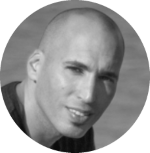 Tal Gur is an author, founder, and impact-driven entrepreneur at heart. After trading his daily grind for a life of his own daring design, he spent a decade pursuing 100 major life goals around the globe. His journey and most recent book, The Art of Fully Living, has led him to found Elevate Society.
Tal Gur is an author, founder, and impact-driven entrepreneur at heart. After trading his daily grind for a life of his own daring design, he spent a decade pursuing 100 major life goals around the globe. His journey and most recent book, The Art of Fully Living, has led him to found Elevate Society.



